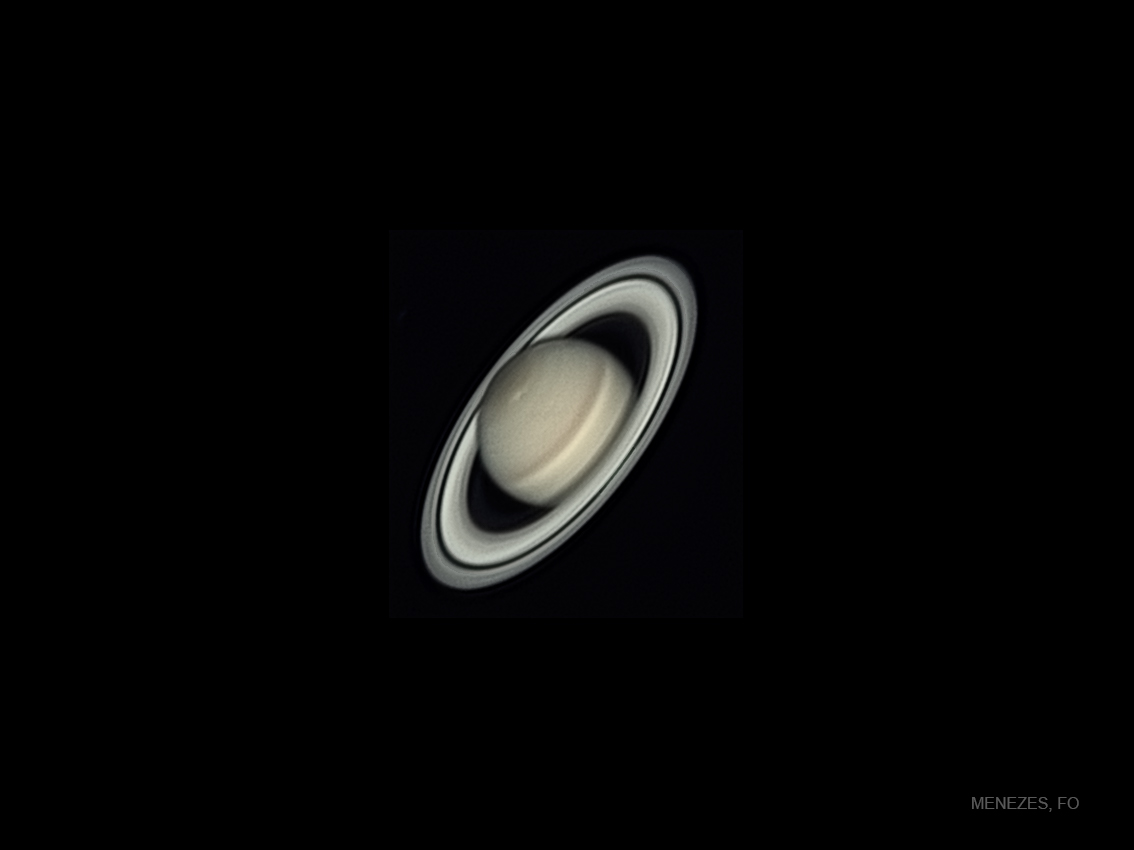Find out what’s in the night sky tonight from your Southern Hemisphere location.
If you’re based in the Southern Hemisphere and want to know what you can see in the night sky tonight, this page is for you.
Our monthly-updated night-sky guide will show you what you can see in the Southern Hemisphere over the coming weeks.
We’ll include monthly highlights, stars, constellations, planets and deep-sky objects.
For more advice, read our guides to Southern Hemipshere stargazing and the best night-sky targets to see in Australia.
Southern Hemisphere night sky tonight: highlights, October 2023
The Orionid meteor shower is visible around 2 October to 7 November, with its peak expected late evening on 22 October into the morning.
At this time the Moon is at first quarter, leaving the morning hours basking under dark skies.
The radiant is within a few degrees of the bright star Betelgeuse.
This area will be conveniently high in the sky (crossing the meridian) around the start of dawn.
The Orionids are typically swift and often bright, with some leaving trains.
Stars and constellations

Evening skies now see the Milky Way dropping towards the western horizon, making way for, well… nothing?
That’s how it appears from the suburbs.
The far south has not only left the bright star patterns behind, but also Greek mythology has given way to more modern constellations.
Many need dark skies to see any patterns, Grus the Crane being one bright exception.
Other birds to spot are the Peacock (Pavo), the Toucan (Tucana) and, albeit mythical, the Phoenix.
Planets

Saturn continues to be an evening highlight for Southern Hemipshere observers, being due north around 22:00 mid-month.
Read our guide to observing Saturn with a telescope for top tips.
Although in a barren part of the sky, Saturn sits about 20° south of the bright star Fomalhaut.
It’s followed two hours later by Neptune. Jupiter is rising around sunset, with Uranus 30 minutes behind.
Both are visible most of the night. Dawn commences with brilliant Venus low in the east.
On 11 October, Venus and Regulus are 2° apart, with the crescent Moon 5° below – an impressive conjunction!
Deep-sky objects

This month, Southern Hemipshere observers are encouraged to take a trip to Grus the Crane.
Within its prominent curve of stars is an impressive naked-eye double-double.
Delta (δ) Gruis (RA 22h 29.2m, dec. –43° 30’) comprises mag. 4.0 and 4.1 Delta1 (δ1) and Delta2 (δ2), 16 arcminutes apart.
Moving 3° northwest finds Mu (μ) Gruis, comprised of mag. 4.8 Mu1 (μ1) and 5.1 Mu2 (μ2), 19 arcminutes apart.
In binoculars both Mu stars and Delta1 are yellow, in contrast to the orange of Delta2.

NGC 7582 (RA 23h 18.4m, dec. –42° 22’) is the central member of the Grus Quartet, an 11th-magnitude triangle of galaxies with NGC 7590 and 7599 (to the northeast), fitting in a 15-arcminute field of view.
The three are all partly edge-on spirals, showing prominent ellipse-shaped halos with brightening towards the centre.
Lying 30 arcminutes southwest of 7582 is the fourth member, NGC 7552, which has a prominent stellar nucleus.
Southern Hemisphere Star Charts
Access this month’s and all previous star charts for the Southern Hemisphere by clicking on the links below.
Southern Hemisphere Star Chart November 2023 (PDF)
Southern Hemisphere Star Chart October 2023 (PDF)